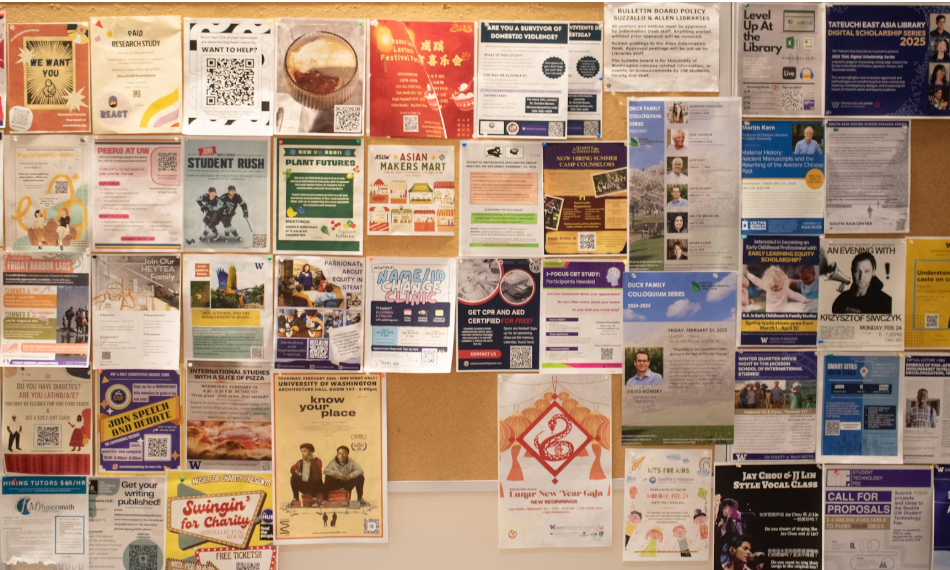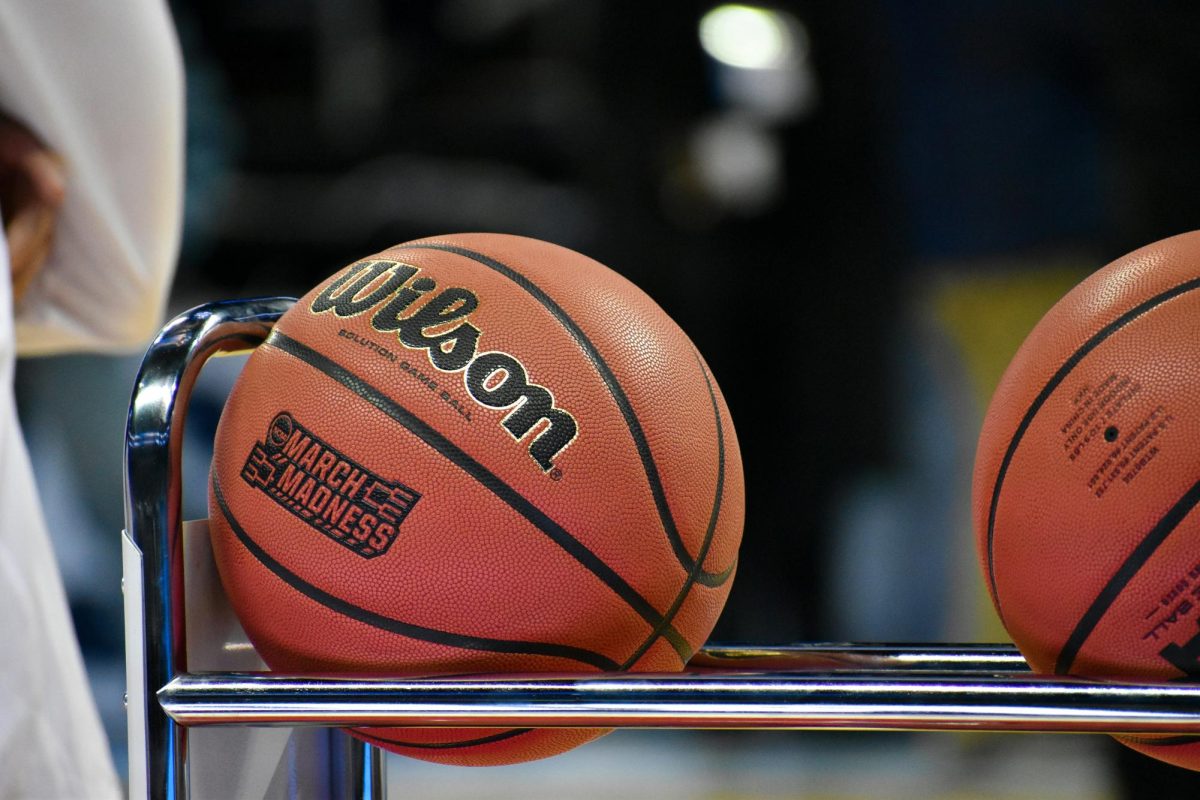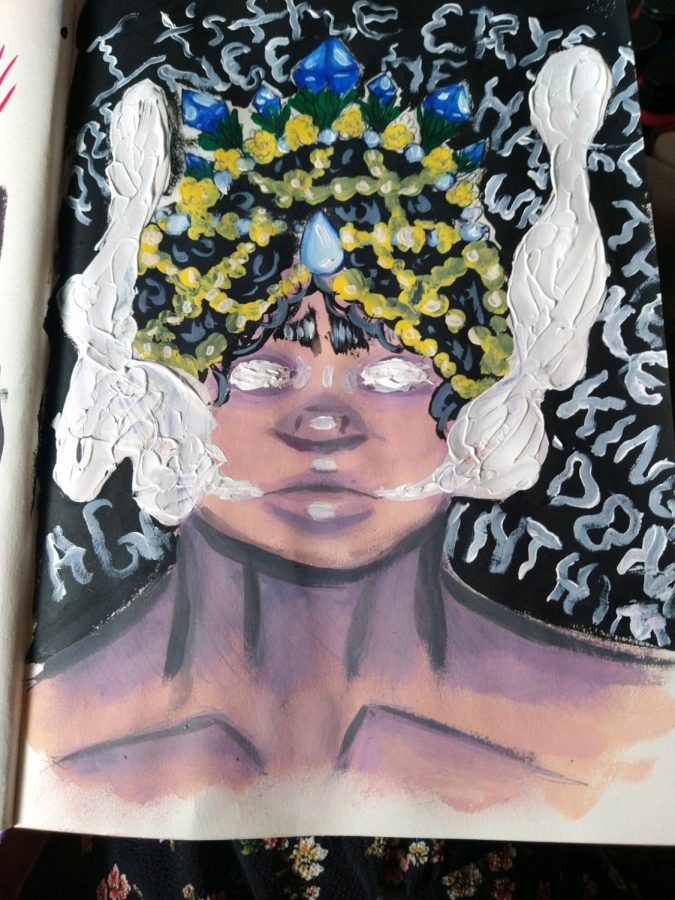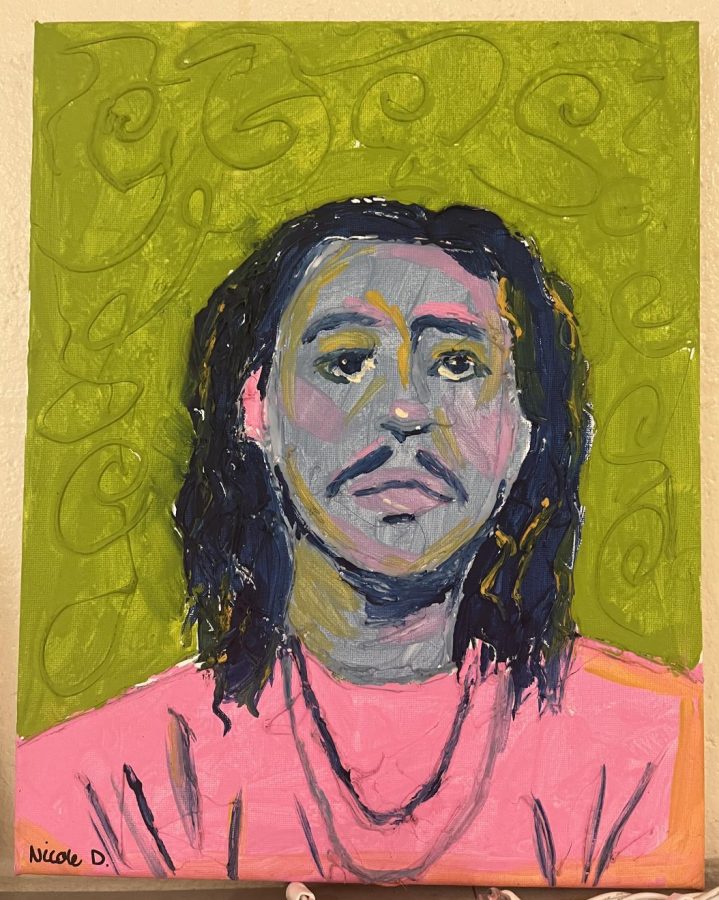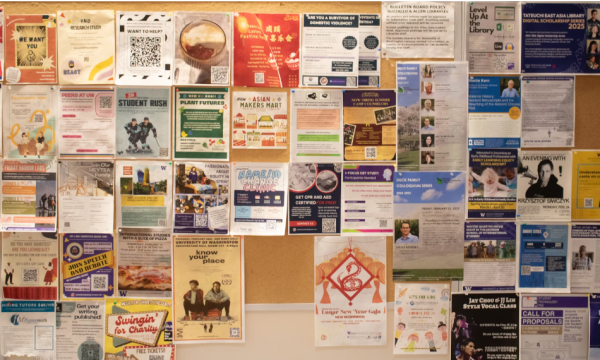The Arts: How They Are Beneficial to the Students and School
High school, what one would hope to be a glamorous and stress-free part of life, is not so. Once the students enter the gelid, stone building, hope escapes them. Consumed by emptiness wholly, they drag themselves to class. Their hearts depleted from all joy and peace that had ever once existed is stolen and ensnared in an unknown place deep beneath the surface of their prison, filled with nothing but inky blackness and disdain. However ominous high school may be depicted, it is not always so torturous. Certain classes students greatly enjoy, and among those classes are the arts. These classes have proven themselves a beacon of light and warmth among the darkness and distress. They seem to cause all the pain and stress associated with the intensive required classes to disappear. In fact, the arts, overall, can benefit the entire school’s environment through their ability to improve mood, social harmony, and thinking skills.
Each of the art classes, from visual arts to band, to theatre, all exceptionally contribute to an individual’s high school experience. Often, these courses are adored by the students. They provide a social atmosphere, where students can enjoy spending time with their friends, or a temporary sanctuary from the nagging of other school work. All around, these classes are shown to improve mood. However, visual arts specifically is shown to benefit one’s well-fare. The article “The Healing Power of Art” from Harvard Health Publishing reveals how creative activities-including visual arts-can promote feelings of tranquility. The passage recalls in writing, “Research has also shown that creating visual art can reduce stress and promote relaxation…” A 2015 NYU study reveals that 49% of high school students report feeling chronic stress, while 31% feel somewhat stressed. All around, the majority of high school students share the fact that they feel stressed. This can lead to decreased performance in school, as well as act as a catalyst for the development of other negative moods, deteriorating their mental health. It is evident that the arts can bring a sense of peace to students and allow them to breathe, rather than suffocating them with anxiety caused by intensive classes. Many students already rely on art to help them relax inside and outside of school. Without art, the students would find that they are lost in a whirlwind of expectations and unending responsibilities. Art acts as a cathartic release. In fact, on eric.ed.gov, the study “Does Art Improve Mood?” performed by Lili De Petrillo and Ellen Winner tests whether or not art making can ameliorate one’s mood. Comparing the participants’ moods before and after completing several activities, including copying images, producing their own artwork, and a word puzzle, they recorded their studies in saying, “These results suggest that art-making increases the pleasure dimension of mood and does so via catharsis or redirection.” This research indicates that art-making allows people to release their emotion into their artwork, and, if not, divert their attention from unsettling emotions. Art, inside the school, can have the same effect on students. Students will find on completing art that their mood will improve as their artwork acts as a vessel for their distress. With the lack of distress, clear thinking will find its way back to it where it belongs. Art courses benefit students as their well-fare is improved. Renee Phillips’ article, “Art Enhances Brain Function and Well-Being”, explains how exactly art improves mood. Phillips clarifies this in writing, “It has an impact on brain wave patterns and emotions, the nervous system, and can actually raise serotonin levels.” Serotonin, a chemical and neurotransmitter found in the human body, is known for its role in regulating mood. A lack of serotonin in the brain can cause sleep trouble, depression, and anxiety. However, with an increased amount of serotonin, such issues will be suppressed. Because of this, art is capable of improving one’s mood and benefiting one’s mental health. With art courses in school, students can reap the rewards of an art class, creatively expressing themselves while exploring different media and diminishing their stress by art’s cathartic effect. However, art courses other than visual arts are also shown to benefit the school and their students.
A large part of the arts programs is not quickly thought of when the word “art” is mentioned. Theater, band, and choir contribute greatly to that field of study. Further, they carry a more social aspect than visual arts, as visual arts tend to put a focus on the individual. This social aspect often leads to self-discovery and a better understanding between individuals. The article, “Creativity and Academics: The Power of an Arts Education” by Neil Swapp illustrates how art increases self-confidence, self-understanding, and communication skills. Swapp, near end of the article, explains how expression in these classes leads to enhanced understanding between individuals when he wrote, “The arts are a mode of expression that transforms thoughts and emotions into a unique form of communication—art itself.” This communication through art helps individuals to develop a broader world view. When students discuss with each other, they experience life from the view of someone else. Art is consistent in this form of communication, and as students are constantly encountered with different views, they begin to understand that there are multiple ways to perceive the world. Art’s subjectivity hastens this greater comprehension and prompts stronger relationships between people. The book, Champions of Change: The Impact of the Arts on Learning edited by Edward B. Fiske, one of the nation’s leading education writers and observers of school reform, further illustrates how art increases social harmony in saying, “The arts connect students to themselves and each other.” This connection often results in less contention which can reduce rates of fights among students. Students also build a greater understanding of diversity through the introduction of the several cultures among themselves. Further, their open-mindedness can benefit them in the future as they move onward to college—and later jobs. The skills they obtain in their art classes can help them develop a form of unity among communities throughout their life. The arts are beneficial to the students’ future, as well as the future of society. Interestingly, the evidence review, The Value of Arts and Culture to People and Society brings up a statistic between the relationship of art courses and community assistance. They record their discoveries in stating, “High-school students who engage in the arts at school are twice as likely to volunteer than those who don’t engage in the arts and are 20 percent more likely to vote as young adults.” Through the arts, students become more involved in the community. With this, a strong form of unity is developed. By reduction of social exclusion, the arts decrease isolation and make the community safer as well as stronger. The arts contribute greatly to the turnout of one’s community—including the school. They have proved themselves beneficial as they improve individual mood and society as a whole. However, it has also been shown that the arts can improve one’s thinking as well.
Classes in school exercise many different types of students’ thinking. Each course, including language, math, and science, focuses on a different type of understanding. One may presume that the arts have little to no impact on an individual’s thinking; however, this is not so. The arts are shown to have a dramatic impact on one’s perception and discernment, improving an individual’s learning ability. In the book, Arts with the Brain in Mind by Eric Jensen, one of the leading translators in the world of neuroscience into education, Jensen discusses the importance of integrating art into one’s education in writing, “The arts enhance the process of learning. The systems they nourish which include our integrated sensory, attentional, cognitive, emotional and motor capacities, are, in fact, the driving forces behind all other learning.” This reveals that art courses can benefit any type of learning, whether it be found inside or outside of school. Any action that requires cognitive to motor capacities will be improved as students perform in art classes. Additionally, improved learning abilities can specifically lead to better performance in school. This is further justified by healing-power-of-art.org as it comments on a study performed by Judith Burton, professor of Art Education and Research at Teachers College, Columbia University in saying, “[It] reveals that subjects such as mathematics, science, and language require complex cognitive and creative capacities that are ‘typical of arts learning.’” By studying in the arts, students are able to increase their accomplishments in school. Students may find certain courses, that may have been difficult, to be less of a burden. The arts are a catalyst for less stress and better school performance. This clearly illustrates how art is beneficial to education. Bob Bryant’s “The Importance of Fine Arts Education” reveals the advantage of students who take art courses in reviewing a study in his writing. He states, “The Burton study of more than 2000 children found that those in the arts curriculum were far superior in creative thinking, self-concept, problem-solving, self-expression, risk-taking, and cooperation than those who were not.” Teachers put a large emphasis on critical thinking and the use of it in their classes. According to this study, art courses can greatly improve one’s critical thinking as they develop better problem-solving and creative thinking. The creativity developed in art can help lead students to excel in classes that often call students to develop out-of-the-box answers to the problems they are presented. Many courses, from language arts to math, require this type of thinking to draw conclusions based on text or develop an answer to a mathematical equation.
High school, a land of diversity where students discover themselves, is significantly improved by the arts. They are an important part of a school. Decreasing the amount of stress in students, leading to greater social harmony, and improving much-needed thinking skills are just a few positives that the arts bring to a learning environment. From visual arts to theater, these courses help students and their school’s atmosphere. Evidently, the arts are an important part of one’s life and more beneficial than one may presume.


